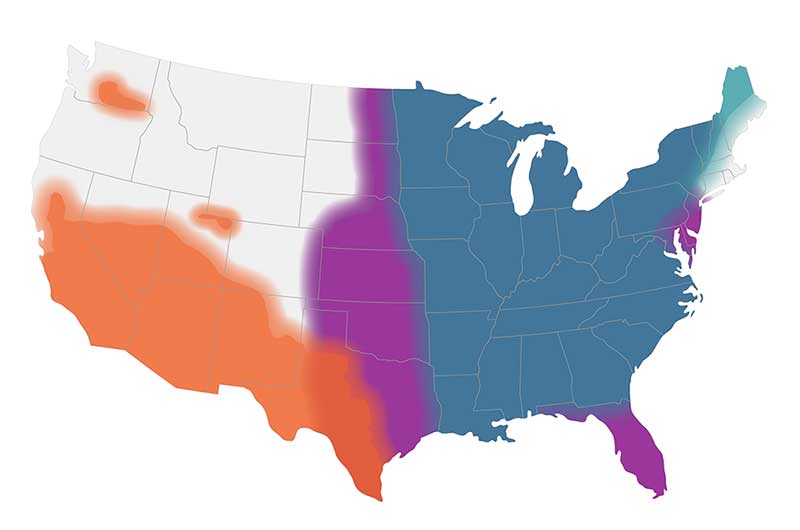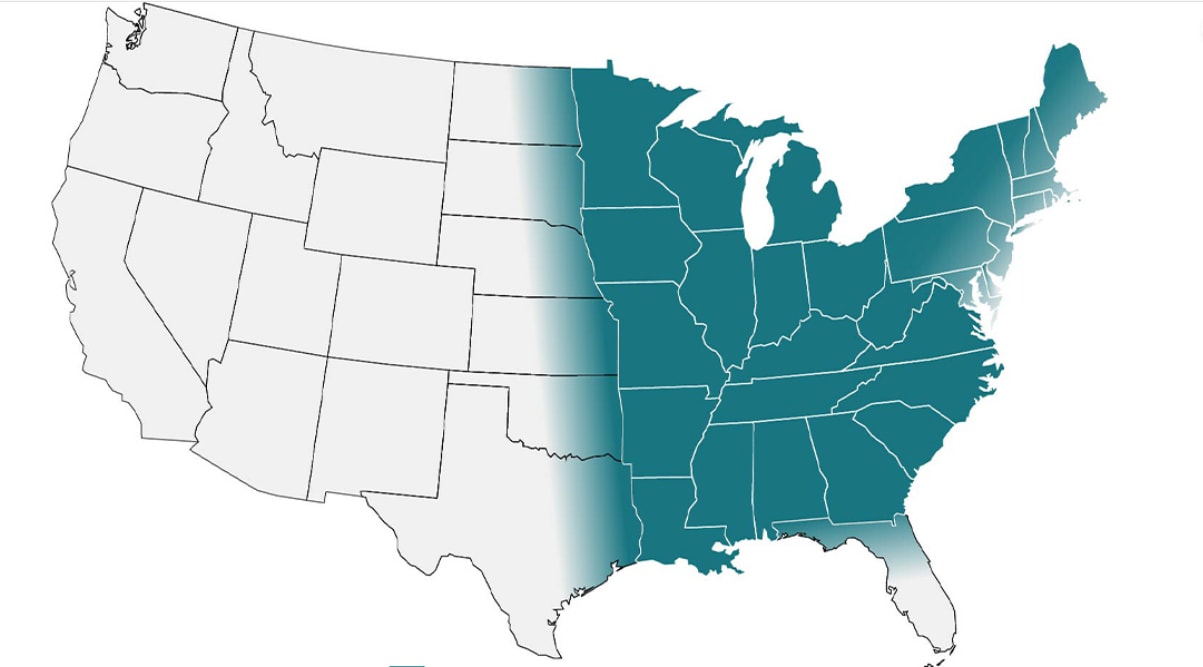Key points
- Fungal pneumonias are often misdiagnosed or are diagnosed late, leading to potentially life-threatening treatment delays.
- In parts of the United States, common endemic community-acquired pneumonias include blastomycosis, histoplasmosis, and coccidioidomycosis (Valley fever).
- Clinicians can use these algorithms to guide diagnostic and treatment decisions.

Overview
Three fungal community-acquired pneumonias (CAP) found in different parts of the United States are coccidioidomycosis (Valley fever), histoplasmosis, and blastomycosis. These are also often referred to as endemic myocoses.
Guidelines exist for bacterial and viral pneumonias, leaving a gap in guidance on fungal pneumonias.
These three testing algorithms can inform clinical decisions on diagnostics and treatment for each of the three endemic mycoses.
Clinical testing guidance
These algorithms were developed by CDC, Mycoses Study Group, and Coccidioidomycosis Study Group. Infectious diseases physicians, primary care practitioners, urgent care practitioners, and epidemiologists provided consultation.



